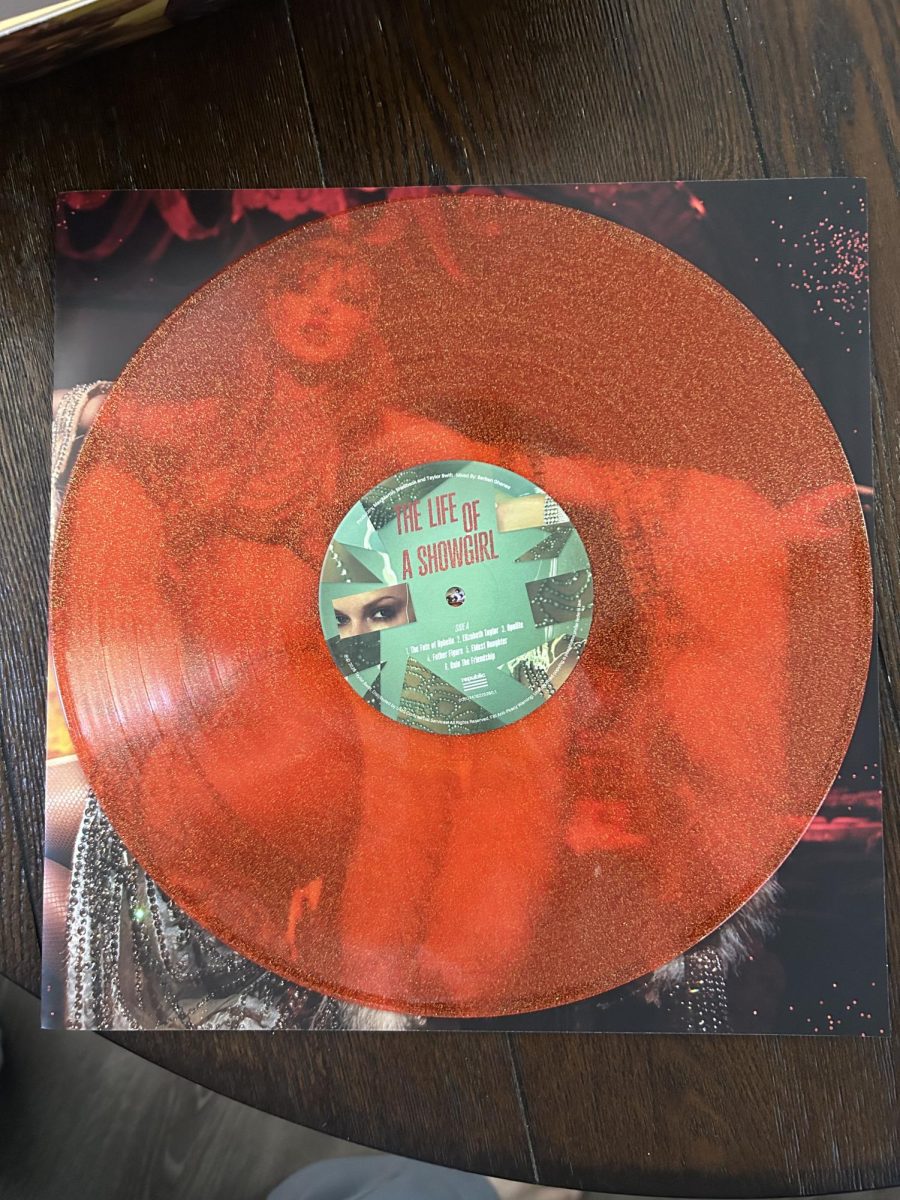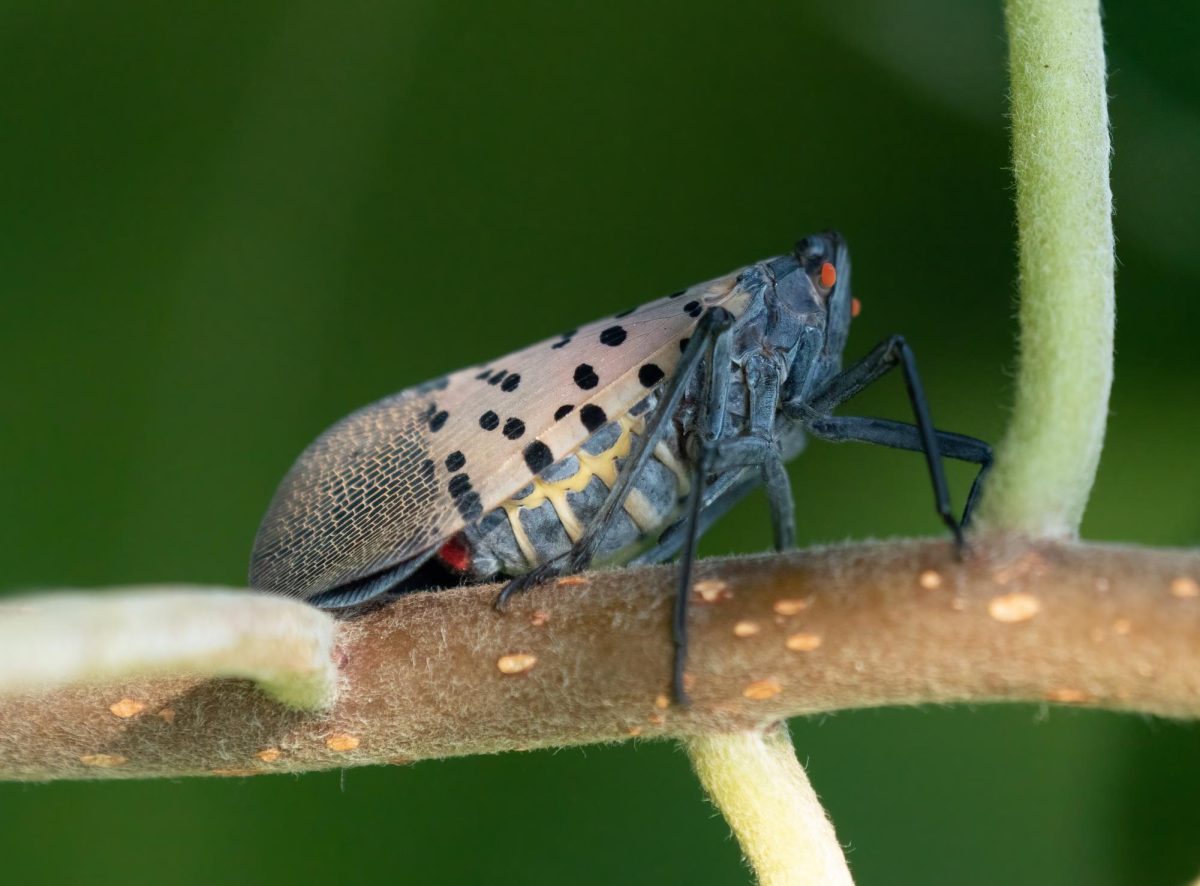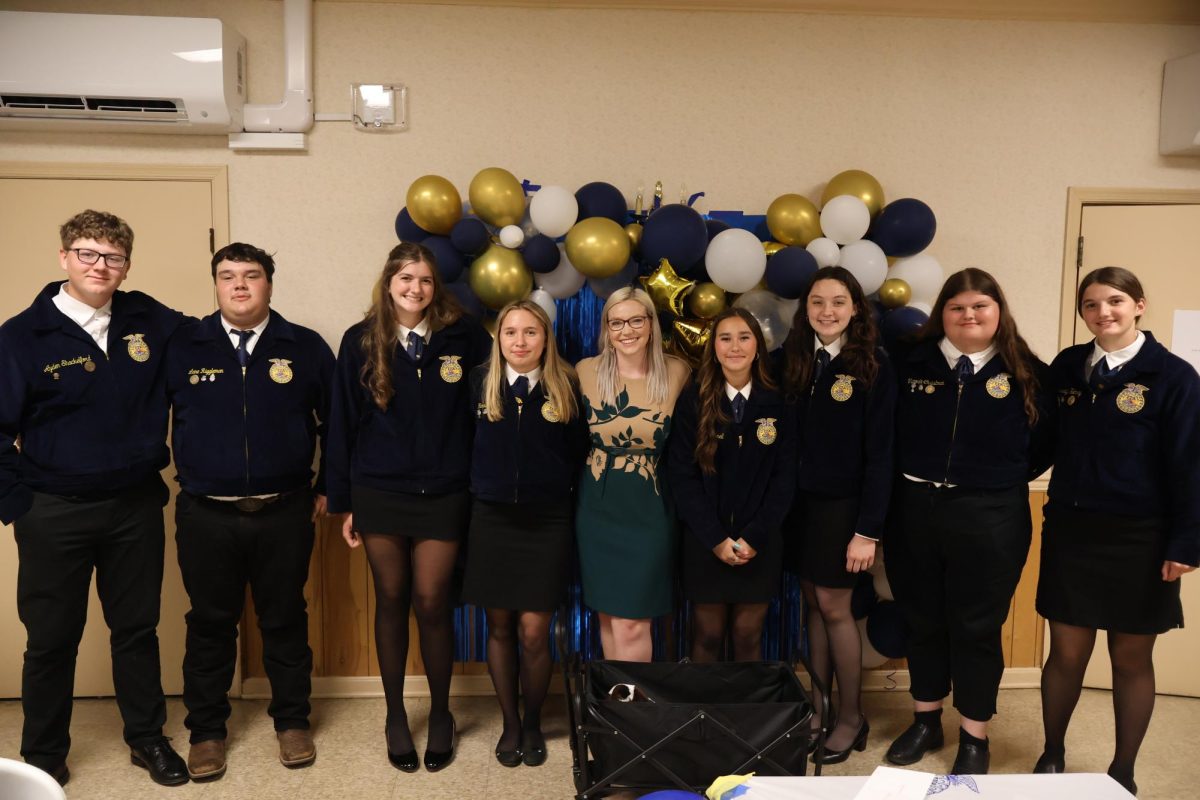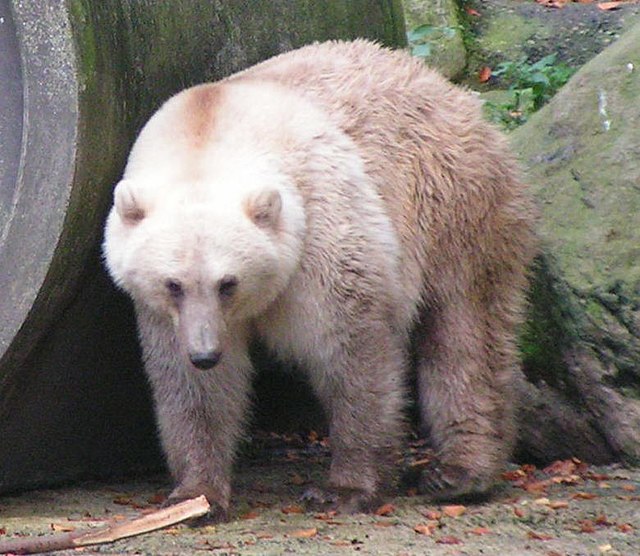Hybridization And How It Affects Humanization
Hybrids All Over Our World
A Grolar – Grizzly Bear and Polar Bear Mix. Photo Courtesy of Google Images.

A good portion of humanity knows what a hybrid is, an animal created by mating two different species together forming a new animal that has a mix of traits and characteristics from both parent species. The reasons for creating hybrids vary from accidents that happen in zoos, curiosity, to creating an animal to better suit the environment like Mules and Zorses. One of the many problems in creating a visible hybrid that is fertile is due to genetics and chromosomes. If the genetics and the number of chromosomes are too different the animal will not make it past germination, let alone give birth to fertile offspring.
This is one of the reasons why seeing hybrids in the wild is uncommon. Another reason is the hybrid will usually be extremely outnumbered and will most likely be out competed as well by one or both of the parent species. But since hybrid species create new combinations of genes, it is possible that some of the combinations might enable hybrids to adapt and even flourish in conditions and environmental factors that neither of the parent species who won’t do so well in or doesn’t even dare to try.

There have been several examples that are known from nature. DNA analysis has allowed biologists to better understand and decipher the histories of species and to detect past hybridization events that have contributed new genes and capabilities to various kinds of organisms, including us Homo Sapiens. The Sunflower has provided great examples of adaptation by hybridization. The common sunflower and the Prairie Sunflower have hybridized at least three different times which gave rise to three new hybrid species: the Desert Sunflower, the Puzzle Sunflower, and the Sand Sunflower. The parental species (the common Sunflower and the Prairie Sunflower) thrive in moist soils of the central and western states, but the hybrid species are more restricted to the hostile habitats. The Sand Sunflower is limited to the sand dunes in northern Arizona and Utah. The Puzzle Sunflower is limited to the brackish salt marshes in New Mexico and West Texas.
The analyses of the overall genetic distance between modern humans (Homo Sapiens) and the Neanderthals have revealed that our DNA is 99.84% identical to the Neanderthals. Homo sapiens and Neanderthals diverged around 270,000 to 440,000 years ago. The fossils that have been discovered show that Neanderthals were restricted to Europe and Asia. Homo sapiens seem to have originated in Africa and the Middle East more than 100,000 years ago and in Europe around 45,000 years ago. It is possible that some of the Neanderthal genes are responsible for modern humans to evolve and adapt to new climates and habitats.
Due to climate change and the ever growing numbers in humans and the environmental damage we cause on a daily basis caused many species of plant, mammals, birds, fish, reptiles and amphibians to be put on the endangered list of becoming extinct making mating a problem because there isn’t enough members of the same species or subspecies to mate forcing them to improvise.
One of the animals was a Grizzly-Polar bear hybrid called either a pizzly or a grolar. A bear can mate and produce fertile offspring in any of the other members of the Ursidae (bear) family meaning they can mate and have viable offspring with each other except the Giant Panda and the Spectacled bear. The Grolar/Pizzly bear was first created in a zoo in 1936 due to an accident. The first wild one was found and confirmed in Banks Island in the Northern Territories in the year 2006. It was confirmed by DNA test of the animal that it was a second generation of the hybrids meaning it was an offspring of a F1 (first generation) pizzly or grolar bear.
The Grizzly and the Polar bear habitat tend to encounter each other in the northern areas of Canada and Alaska. Grizzly bears have been seen in the north as far as Banks Island and Victoria Island and have been seen in the province of Nunavut for the past five decades.
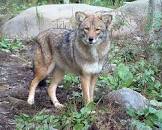
Coywolves are another animal that has emerged in last century. This animal is a result of deforestation, hunting and poisoning had depleted the eastern wolves population numbers, as a result the eastern wolf started to interbreed with the western coyotes. The first Coywolf was believed to have been found in 1919 in Ontario, Canada. In this current era the Coywolves has popped up as far as south Virginia. The scientific name for this hybrid is Canis latrans Var. The animal is around 55 pounds heavier than pure coyotes. They tend to be part Eastern Wolf, part Western Wolf, Western Coyote and even Domestic Dog DNA like the Doberman Pinschers and German Shepherds and other large dog breeds DNA has been found in them so they are more like a chimera than a typical hybrid. The Coywolves found today on average are a quarter wolf and a tenth of domestic dogs.
The Coywolves’ appearance is about the size of a medium to large dog. They are slightly bigger than coyotes but smaller than wolves. They measure from 1.2 to 1.5 meters from nose to tail, have thicker coats, longer legs and bushier tails than coyotes, which gives them their wolf like appearance.
Coywolves are omnivores (they eat both meat and plant matter) and have a very adaptable diet. They can feed on anything from berries and seeds to small mammals like Voles, Mice, Squirrels and Rabbits. Because the Coywolves’ possess a larger jaw structure that allows them to also hunt larger mammals, they tend to hunt deer in spring time. In the city they will eat compost, garbage, fruits, vegetable gardens, and small outdoor pets.
This combination of animal DNA and genetics are what make the hybrid successful (chimera if you want to be technical).
The hybrid has wolf characteristics of pack hunting, which helps them in taking down larger prey. Unlike wolves, Coywolves are extremely comfortable living in close proximity to humans but will still try to stay out of sight and are excellent at as they are rarely seen by people. The hybrid can survive in cities because of their extremely high intelligence. In the urban areas they have adapted to be nocturnal meaning they don’t go out much in the daytime and prefer the night. They create den in natural green areas like parks, ravines, and stream banks, they even use unused portions of backyards. The hybrid animal leaves their nest or den earlier than both wolves and coyotes; they venture out on their own when they are two years old. This is the reason they have spreaded through eastern Canada and down into the United States so quickly.
Your donation will support the student journalists of Brunswick High School. Your contribution will allow us to purchase equipment. We're a small program with little resources. Our goal is to purchase some updated, and much needed, cameras for the program.











